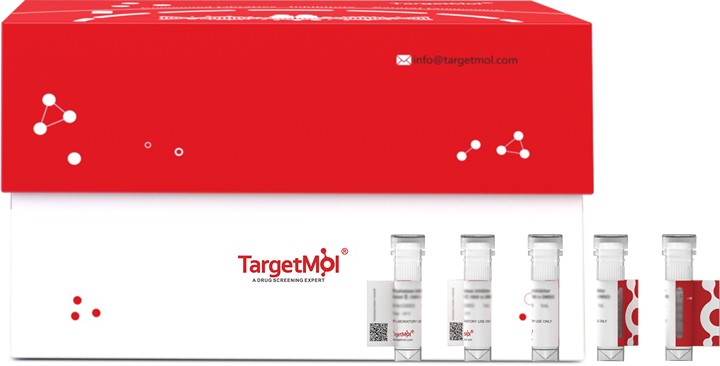- Remove All
 Your shopping cart is currently empty
Your shopping cart is currently empty
GPR114 Protein, Human, Recombinant (hFc)
GPR114 belongs to the G-protein coupled receptor 2 family. Members of this family share a common molecular architecture which consists of seven transmembrane domains, three extracellular loops, three intracellular loops, an amino-terminal extracellular domain, and an intracellular carboxyl terminus. It is thought that light acts as the activating stimulus of a G-protein-coupled receptor (GPCR). GPCRs are expected to have a molecular function (G-protein coupled receptor activity) and to localize in various compartments (endoplasmic reticulum membrane, plasma membrane, integral to the membrane). Family B of the GPCRs is a small but structurally and functionally diverse group of proteins that includes receptors for polypeptide hormones, molecules thought to mediate intercellular interactions at the plasma membrane, and a group of Drosophila proteins that regulate stress responses and longevity. GPR114 contains 1 GPS domain. GPR114 gene has been proposed to participate in processes (G-protein coupled receptor protein signaling pathway, neuropeptide signaling pathway).

GPR114 Protein, Human, Recombinant (hFc)
| Pack Size | Price | Availability | Quantity |
|---|---|---|---|
| 100 μg | $600 | 7-10 days |
Product Introduction
| Description | GPR114 belongs to the G-protein coupled receptor 2 family. Members of this family share a common molecular architecture which consists of seven transmembrane domains, three extracellular loops, three intracellular loops, an amino-terminal extracellular domain, and an intracellular carboxyl terminus. It is thought that light acts as the activating stimulus of a G-protein-coupled receptor (GPCR). GPCRs are expected to have a molecular function (G-protein coupled receptor activity) and to localize in various compartments (endoplasmic reticulum membrane, plasma membrane, integral to the membrane). Family B of the GPCRs is a small but structurally and functionally diverse group of proteins that includes receptors for polypeptide hormones, molecules thought to mediate intercellular interactions at the plasma membrane, and a group of Drosophila proteins that regulate stress responses and longevity. GPR114 contains 1 GPS domain. GPR114 gene has been proposed to participate in processes (G-protein coupled receptor protein signaling pathway, neuropeptide signaling pathway). |
| Alias | PGR27, GPR114 |
| Molecular Weight | 45.6 kDa (predicted); 56-63 kDa (reducing conditions) |
| Storage | Shipping with blue ice. |
Sci Citations
Calculator
In Vivo Formulation Calculator (Clear solution)
Dose Conversion
Tech Support

Copyright © 2015-2025 TargetMol Chemicals Inc. All Rights Reserved.




